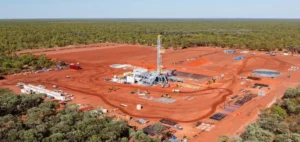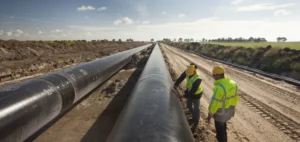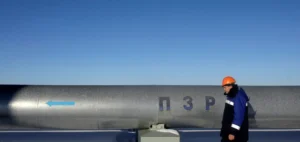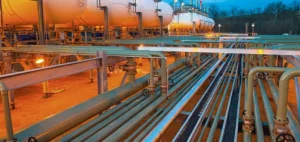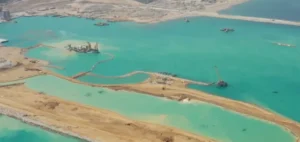As winter approaches, Europe finds itself in a delicate situation when it comes to gas supplies. According to Wintershall Dea, a German company specializing in gas production, the security of Europe’s gas supply is not to be taken lightly. Mario Mehren, CEO of Wintershall Dea, warned against complacency, stressing that affordability and security of supply risks remain.
Warning against Complacency
The situation is all the more fragile in that several risk factors are weighing on supply. Among them, the ongoing conflict in the Middle East has repercussions on the stability of energy markets. In addition, recent events, such as the damage to the Balticconnector between Finland and Estonia and the new Bulgarian tax on Russian gas transit, have contributed to higher gas prices in Europe.
Norway’s importance as a gas source
As far as alternative gas sources are concerned, Mehren stressed the importance of Norway, which remains Europe’s largest source of gas supplies. He also mentioned Norway’s Dvalin gas field as a key element in helping to guarantee Europe’s energy security. This field, with a total production capacity of 9 million cubic meters per day, resumed production in July after experiencing technical problems since its initial start-up in late 2020.
Wintershall Dea is also active in Algeria, another key gas supplier to Europe. The company recently acquired a stake in the Reggane Nord gas field in Algeria, which produces around 2.8 billion cubic meters of gas a year.
Europe is facing a potentially difficult winter for gas supplies. Several factors, including geopolitical conflicts and price fluctuations, make the situation particularly precarious. In this context, diversification of supply sources and increased vigilance are essential to guarantee the region’s energy security.


















